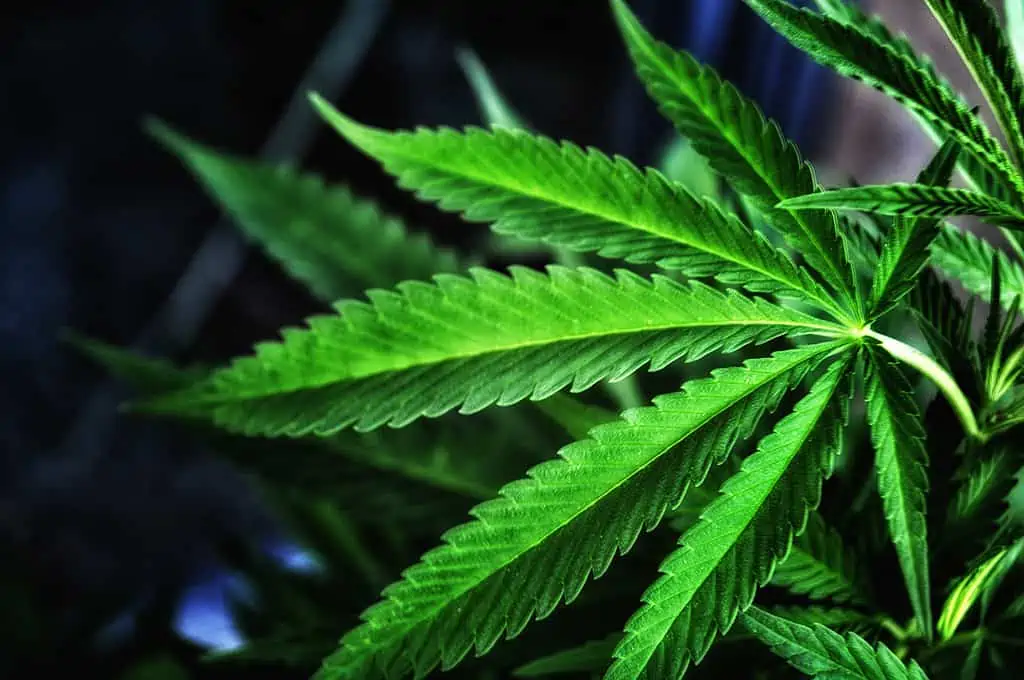Marijuana — also referred to as weed or pot — is the greenish, dried flowers from the cannabis sativa or cannabis indica plants. While many people smoke it, others brew it in tea, vaporize it or mix it into food. A newer method of use is smoking or eating different types of marijuana extracts called resins, a practice known as dabbing.
As of February 2020, 11 states allow the recreational use of marijuana, plus the District of Columbia. Medical use is currently legal in 33 states. In each municipality, users must be at least 21 years old and follow regulations for possession limits.
The Short-Term Effects of Marijuana Use
When you smoke weed, delta-9-tetrahydrocannabinol (THC), a mind-altering chemical, goes from your lungs to your bloodstream. From there, it spreads to your brain and other organs. This chemical interacts with cell receptors that affect the way you think and function.
The high that people feel comes with effects such as:
- Altered sense of time
- Changes in mood
- Impaired memory
- Difficulty thinking
In severe cases, when a person uses marijuana in high doses — or consumes high-potency weed — they could face hallucinations or delusions.
The Long-Term Effects of Marijuana Use
The long-term use of marijuana can affect brain development, especially in those who begin as adolescents. Effects, such as memory issues and learning difficulties, may not be completely reversible as an adult. Additional consequences of long-term use can include difficulty breathing, nausea and an increased heart rate.
According to one study, those who started smoking weed heavily in their teens and continued to use it lost an average of 8 IQ points between the ages of 13 and 38. People who quit later on did not fully regain lost mental abilities. In contrast, those who started smoking marijuana in adulthood didn’t show noticeable IQ declines.
Can Marijuana Use Be Addictive?
After alcohol, weed is the most commonly used mind-altering drug in the United States. In 2018, more than 11.8 million young adults claimed to use it within the past year. Due to its widespread access, many people mistakenly believe weed is harmless. However, its use does come with some consequences.
While people who stop using marijuana won’t experience the same withdrawal symptoms as those who use heroin or opioids, the substance can still be addictive. According to recent data, around 30% of those who use weed have some degree of marijuana use disorder. Experts associate this condition with symptoms like cravings, lack of control, and adverse effects on personal and professional responsibilities.
Why is the prevalence of marijuana dependency rising? It may have to do with THC potency, which has been increasing steadily over the past few decades. Data shows an upward trend in the mean THC content of cannabis, with an increase from 3.4% in 1993 to 8.8% in 2008. For someone new to marijuana use, exposure to higher levels of THC can result in a harmful reaction.
How to Combat Marijuana Addiction
If you or someone you know is dependent on cannabis, help is available. Many addiction treatment centers can assist people suffering from both mental and physical effects.

